Tanzania Ornithology Tour | 16 Days
The best time for birding in Tanzania is when a majority of species are in breeding plumage. Since breeding is timed with the rains, which bring out insects that many birds rely on to raise young, the best times to see birds in breeding plumage is November-December and late March-May. The added bonus of visiting Tanzania during winter months is that northern migrants wintering in Tanzania are present as well. The amount of rainfall during the rainy seasons varies between locales and between years. All of East Africa was stricken by severe drought conditions during 2011, when the amount of rain was substantially below normal. Birding in rainy season can be very rewarding. The rains tend to come in afternoon squalls and rain-out days are unusual. Some areas become impassable due to muddy conditions, but most birding sites remain accessible. That's why many birding tours to Tanzania are scheduled for October-December and March-May. Game viewing is still good and the birding is wonderful during those times.
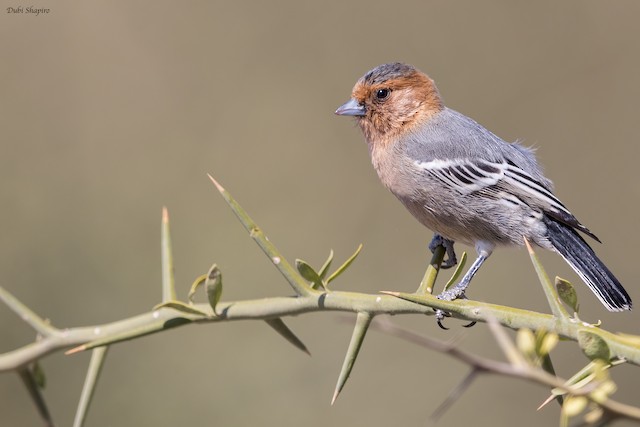
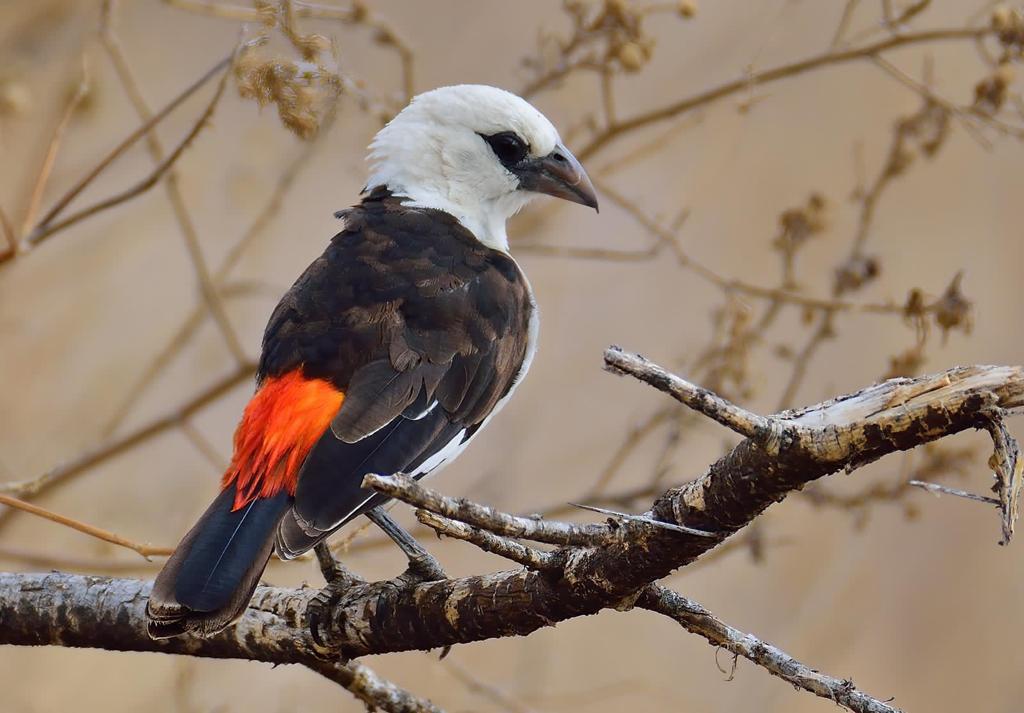
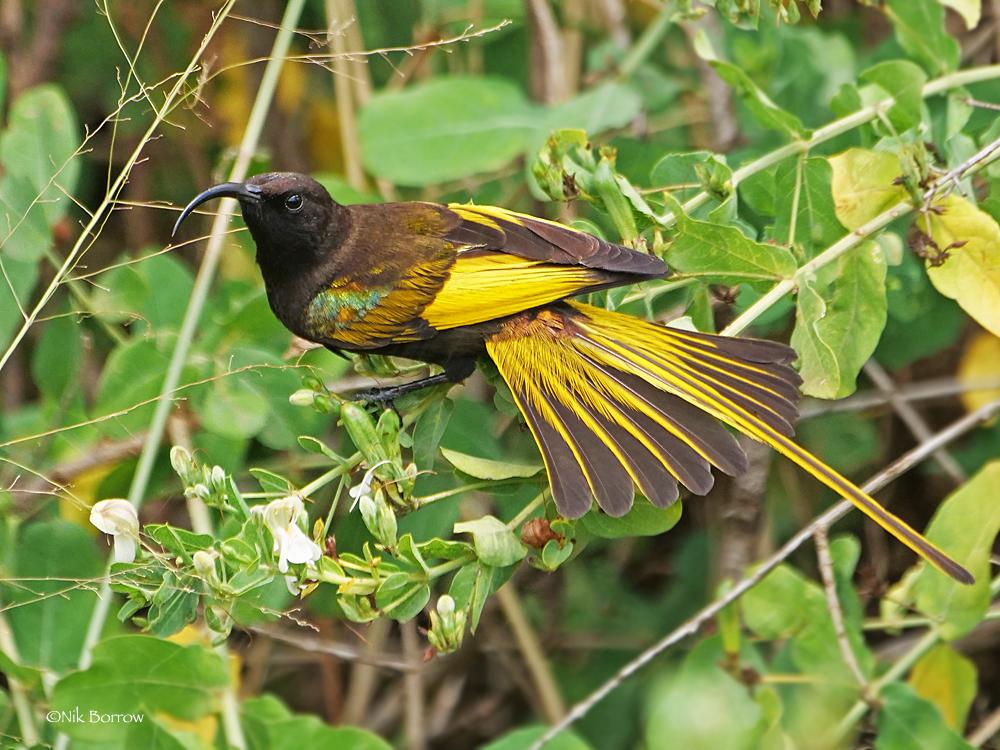
PRICE: $ 5,807
- DAYS-16 | COUNTRY: TANZANIA
-
ARUSHA NATIONAL PARK | LAKE MANYARA | TARANGIRE | SERENGETI | NGORONGORO CRATER | LAKE VICTORIA(Speke Bay)
Day-1 | Arrive in Arusha
Upon arrival in the northern city of Arusha, your driver will be waiting at the airport to transfer you to your hotel. After unpacking and unwinding, take some time to head out and admire the views. Not only does this city sit at the foot of the 14,980-foot (4,566-m) Meru Volcano, but at certain places, you can also spot the snow-capped table of Kilimanjaro. Coffee lovers will want to hit a café and sample this country's famous robusta and arabica roasts. After all, Tanzania is the third-largest coffee producer in Africa, and this bean is its largest export crop.
Meals :
The inn is a charming country estate that was once an old coffee farm, and still retains the nostalgic air of a well-loved homestead. Sprawling ten acres of fertile greenery, the grounds are a natural extension of Mt Meru’s sloping foothills, and offer a sanctuary for the birds and wildlife indigenous to the area. Elegantly rustic cottages are dotted along the river and in thickets of tall trees, while lush lawns and birdsong make for a peaceful and picturesque setting. Set in the heart of an area rich in nature reserves, montane forests and vibrant village culture, the scope for exploration is endless.
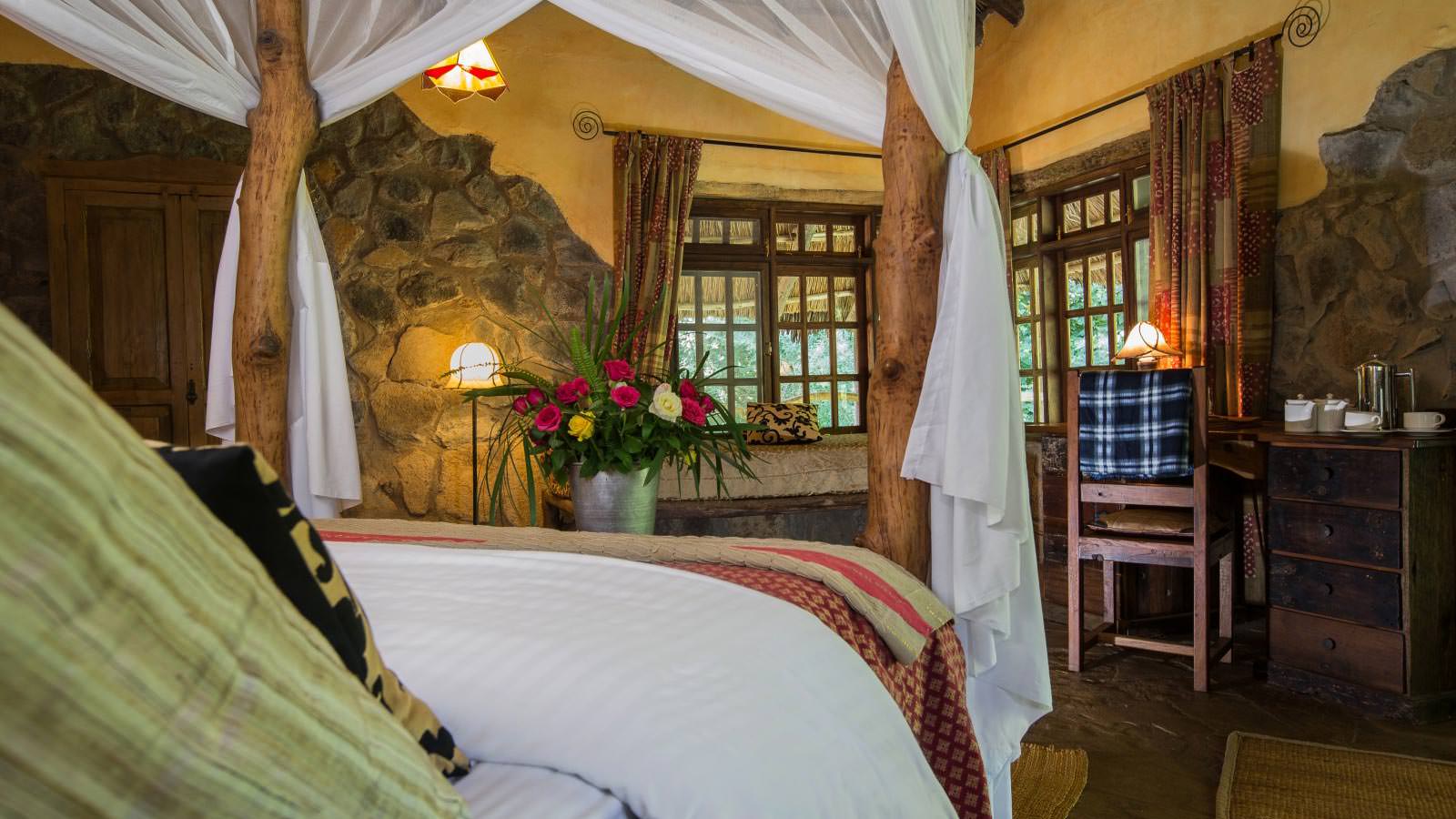
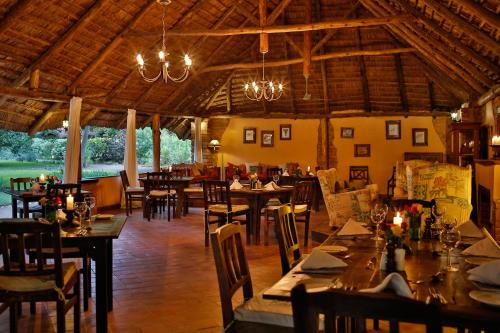
Day 2 | Birding - Arusha National Park.
Arusha National Park is the smallest national park in Tanzania but offers varied landscape, mammal viewing, and birding. The most prominent feature is Mt Meru, rising to 4566 m (14,980 ft) above the Serengeti Ndogo savanna. The varied landscape includes forested mountain slopes, two ancient craters filled with swamps and lush savanna, and open savanna. The park is especially noted for the large concentration of Masai Giraffes, which are unusually tame. There are also numerous other savanna mammals, though lions and other big cats are absent. The photogenic Blue Monkey is common in the evergreen forests on the lower slopes of Ngurdoto Crater. The Guereza Black-and-white Colobus Monkey can be found in the tree-tops. Some 300 species of birds have been recorded in the park. Verreaux's Eagles and Bearded Vultures typically nest on the Red Crescent cliffs, among the world's highest. Lesser Flamingos abound in the alkaline Momella Lakes. The near endemic and very localized Taveta Golden-Weaver nests in emergent vegetation along the shores of nearby fresh-water Lake Longil. The rare and poorly described Nairobi Pipit, a subspecies of Long-billed Pipit can be found along the road not far inside the park entrance. Driving up the jeep track toward the climber's hut on Mt. Meru offers a nice altitudinal transect. Around 2000m the habitat changes and one can find higher elevation species such as Red-fronted Parrot, Hartlaub's Turaco, and Abyssinian Crimsonwing.
Location:
Arusha National Park is located 35 km. east of Arusha town in northern Tanzania. It takes about 40 minutes to reach the park from town.Location:
Meals :
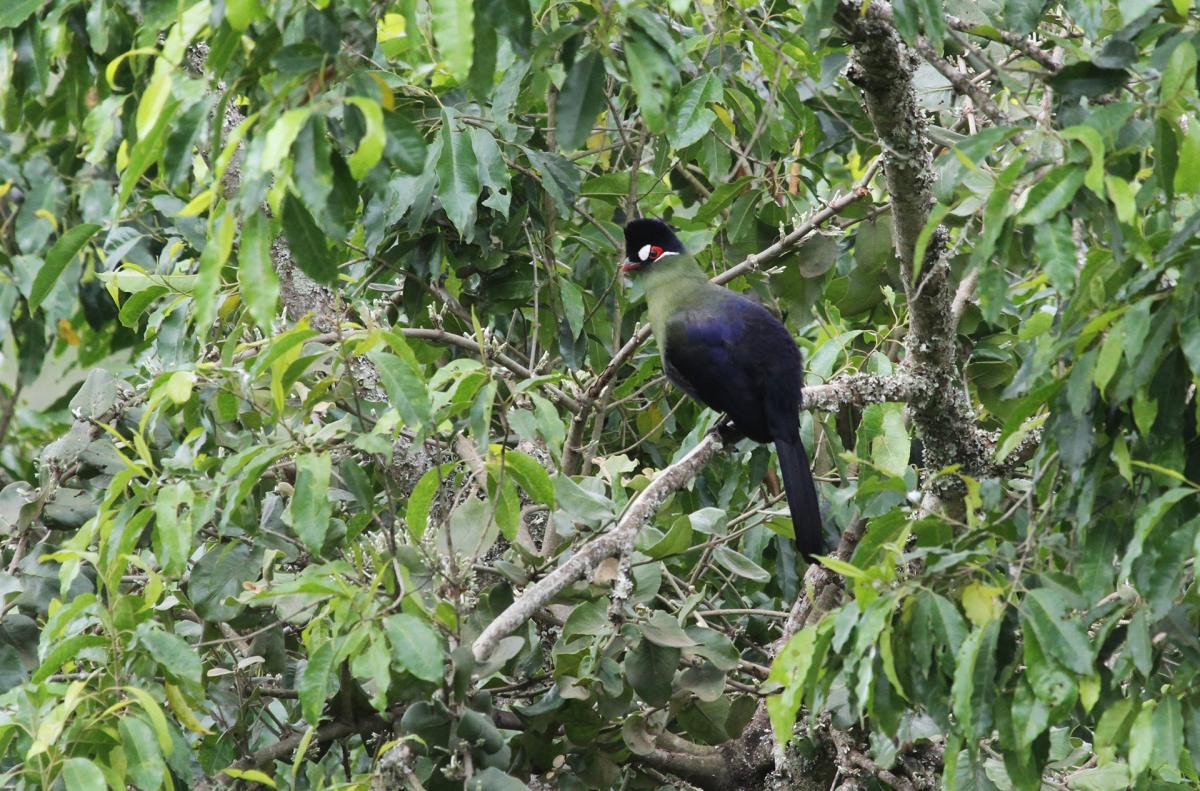
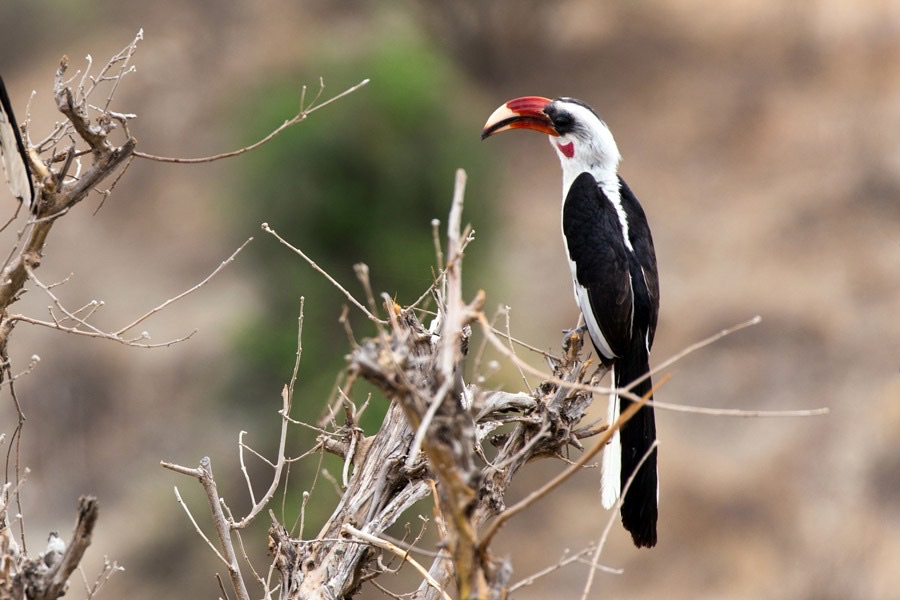
Day 3 & 4 | Birding - Mkomazi National Park
Mkomazi National Park was established in 1951 as a game reserve and later converted to a national park to protect two endangered species, Black Rhinoceros and African Wild Dog. The Rhinos are kept in a fenced enclosure to protect them from poachers. Mkomazi is probably the best place in Tanzania to see African Wild Dogs. Mkomazi is basically an extension of Tsavo National Park in southern Kenya and has similar habitat, namely Acacia scrub and semi-arid savanna. It supports a good population of Elephant and other game animals, including Giraffe, Eland, Hartebeest, Plains Zebra, and Cape Buffalo. Notable mammals that are rare elsewhere in Tanzania are Gerenuk, an odd antelope with very long neck for reaching higher into bushes for forage, Lesser Kudu, and Oryx. Over 450 species of birds have been recorded in the reserve, including many Palearctic migrants. Of particular interest are dry country specialists not usually seen elsewhere in Tanzania such as Vulturine Guineafowl, White-headed Mousebird, Rosy-patched Bushshrike, Ashy Cisticola, Tiny Cisticola, Black-bellied Sunbird, and Fire-fronted Bishop, the latter an eruptive species that sometimes appears in large numbers after the rains.
Location:
Mkomazi National Park is located on the Kenya-Tanzania border directly south of Tsavo National Park in Kenya. It's just off the main road between Arusha and 6 km from the town of Same. and the coast via Same. It's 142 km from Kilimanjaro Airport outside Arusha.
Meals :

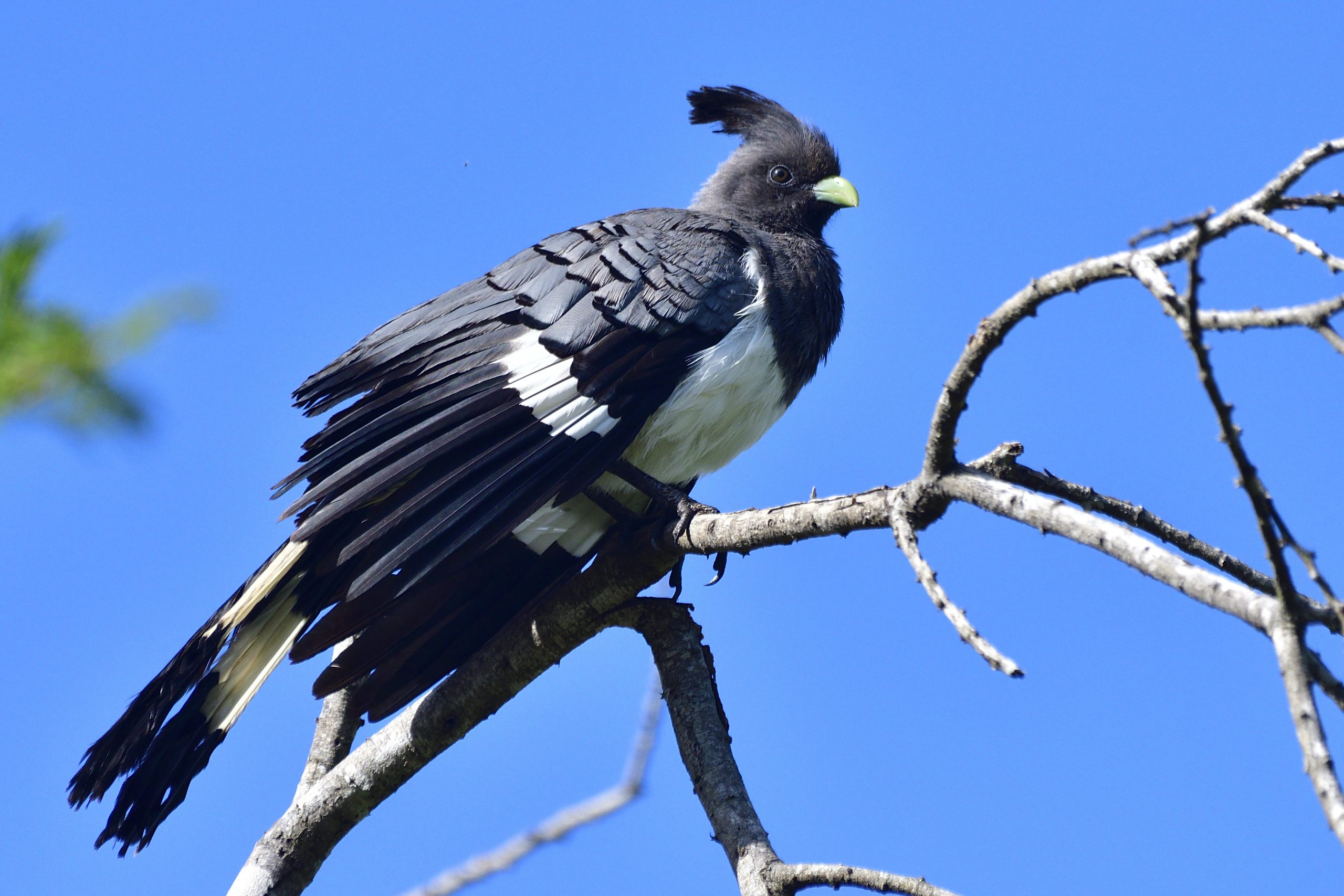
Day 5 | Birding - East Usambara Mountains.
The Usambara Mountains are part of the "Eastern Arc" of ranges in eastern Tanzania that begin with the Taita Hills in Kenya and end with the Udzungwa Mountains in southern Tanzania. The Eastern Arc is often nicknamed "The Galapagos of Africa" due to the high species diversity. The mountain range has been climatically stable for some 2 billion years, leading to a high degree of endemism. Some 14 species of birds are near-threatened, vulnerable, or endangered. 14 species are near endemic or endemic.
The East Usambara Mountains are forested from sea level to the highlands. Many sections are now protected from the heavy pressure of agricultural settlements. Much of the sub-montane forest at an elevation of 800-1400 m is preserved in the Amani Nature Reserve. Lower elevations in the reserve are drier forest, while higher elevations are wetter forest up on the plateau. Some of the specialties in the eastern range are the endangered Sokoke Scops-Owl, the endemic Usambara Eagle-Owl, the critically endangered Long-billed Tailorbird, the endangered Usambara Hyliota, and the endangered Amani Sunbird.
The West Usambara Mountains rise from a plateau at 400-800m and have been heavily deforested due to intense agricultural activity. Most forest is in small patches, though 2 larger tracts still remain. The Ambangulu Tea Estate is about the only remaining tract of lower elevation forest. Some of the specialty birds of the western range are the near-endemic African Tailorbird, Hildebrandt's Starling, and Usambara Weaver.
Location:
The Usambara Mountains are a range located in northeast Tanzania not far from the coast. The western range is accessed from Lushoto, while the eastern range is accessed from Amani. Lushoto is about 170 km east of Arusha, mostly via back roads as it is situated on a plateau north of the West Usambara Mountains. Amani is located in northeast Tanzania and is closer to Dar es Salaam than Arusha. It takes 6-7 hours driving time from Dar es Salaam.
Meals :
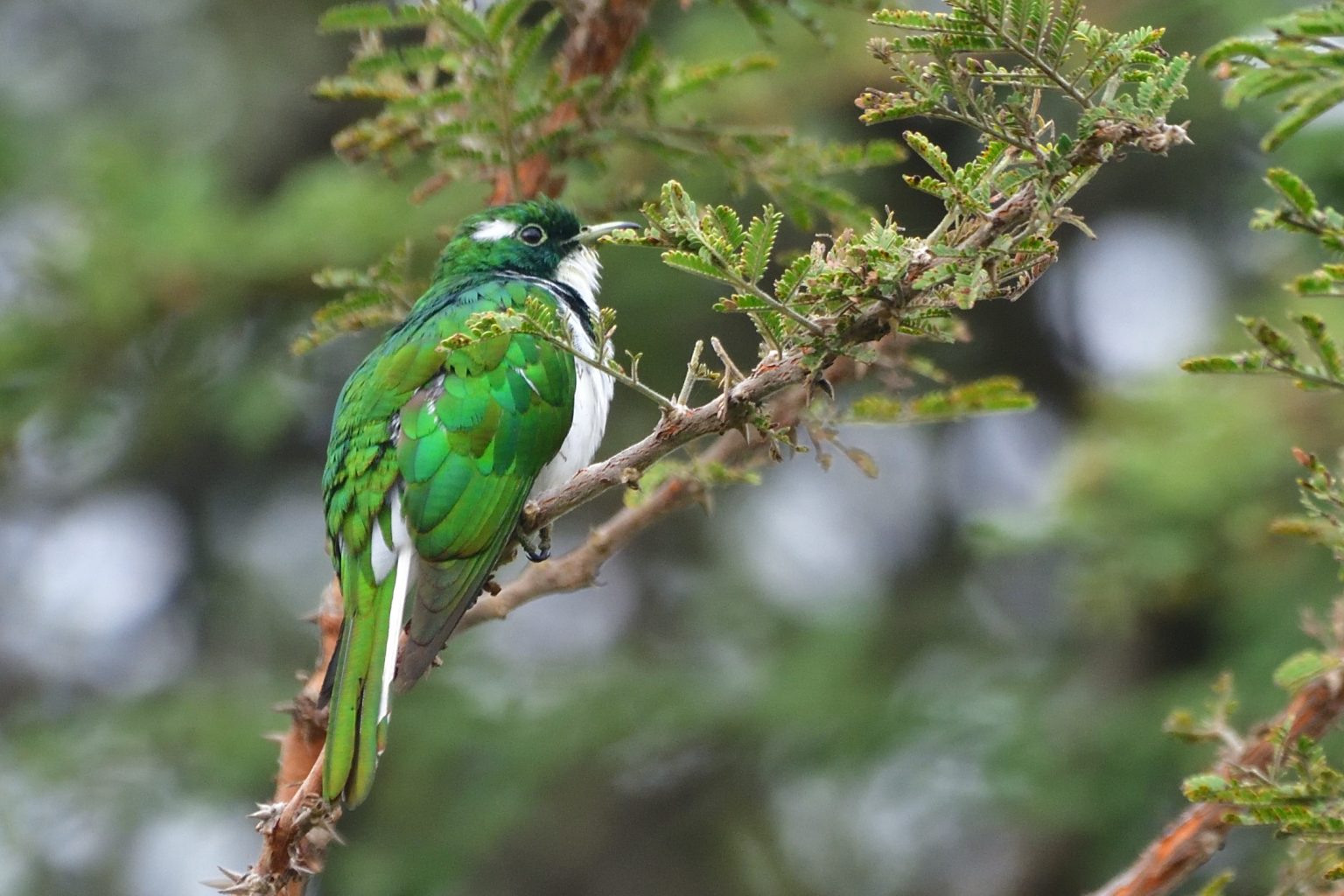

Day 6 & 7 | Birding - Tarangire National Park
Tarangire National Park is a less visited park but offers superb birding and wildlife viewing opportunities throughout the year. The landscapeis primarily open savanna dotted with Acacia woodland and large Baobab trees. The park is a dry season refuge when large numbers of migratory wildlife such as elephants, zebras, gazelles, wildebeest, eland, oryx, and buffalo concentrate around permanent water. Elephants congregate in herds of up to 600 animals, and the large numbers of game animals attract numerous lions. During November through February the plains turn green, and numerous wildebeest and zebra are dropping young. Over 550 species of birds have been recorded in the park, some of which are best seen there. Noteworthy among those are the African endemic Yellow-collared Lovebird, Red-throated Tit, Northern Pied-Babbler, and Ashy Starling.
Location:
Tarangire National Park is located 2 hours drive (118 km) southwest of Arusha.
Meals :
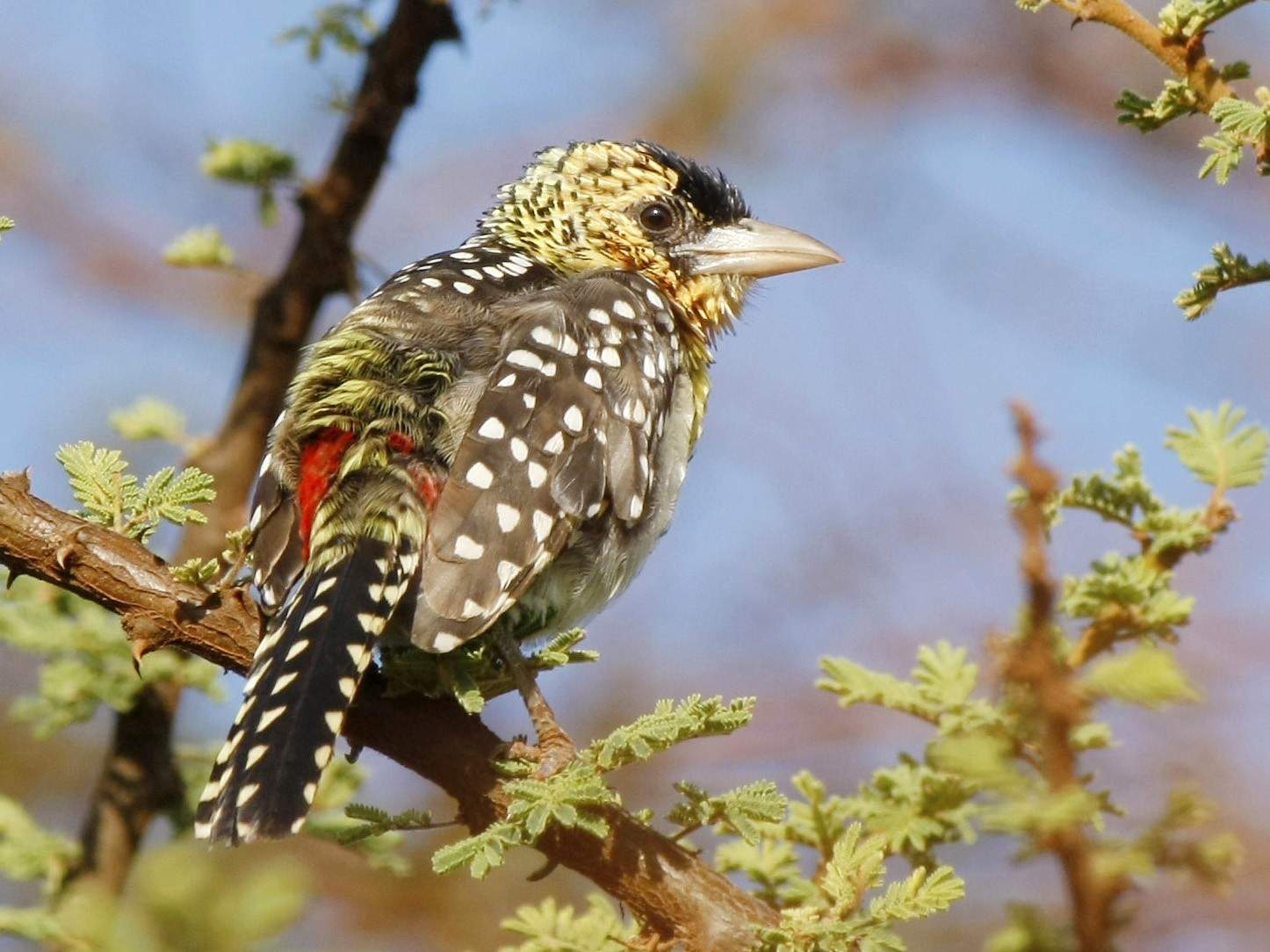
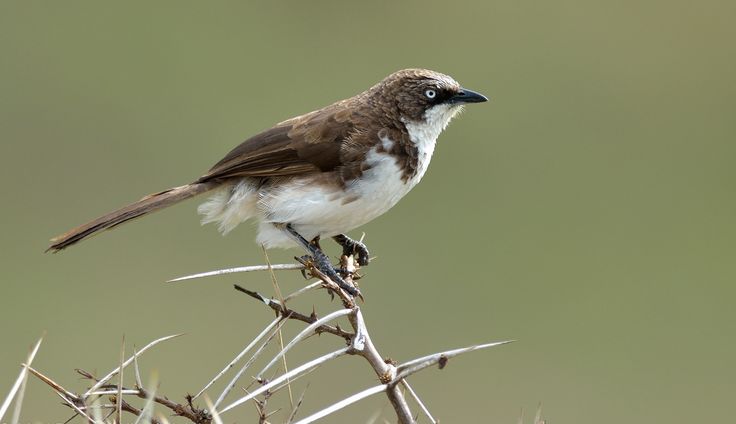
Day 8 | Birding - Lake Manyara National Park
Lake Manyara National Park offers varied habitat, but two-thirds of the park is covered by the alkaline Lake Manyara when water levels are high. During dry season the lake is virtually non-existent. The remainder is mostly in a narrow strip of land between the Manyara Escarpment to the west and the lake. The lake attracts large numbers of Lesser Flamingos, one of its major attractions. The alkaline shores of the lake are a good place to look for the widely distributed but quite erratic Greater Paint-Snipe. Another bird of special interest is the so-called Usambiro Barbet, currently considered a subspecies of D'Arnaud's Barbet but a possible future split. The park is notably excellent for birding with over 400 species recorded. It's frequently possible to see over 100 species in a single day. The park is famed for its tree-climbing Lions, though it's not the only place where lions climb trees. A variety of other mammals are also present, including large numbers of Elephant as well as Giraffe, gazelles, hippos, Sykes's Monkey, and Kirk's Dik-dik.
Location:
Lake Manyara National Park is located about 1½ hours (80 miles) west of Arusha. It's the usual first stop for tours heading to Serengeti National Park from Arusha.
Meals :
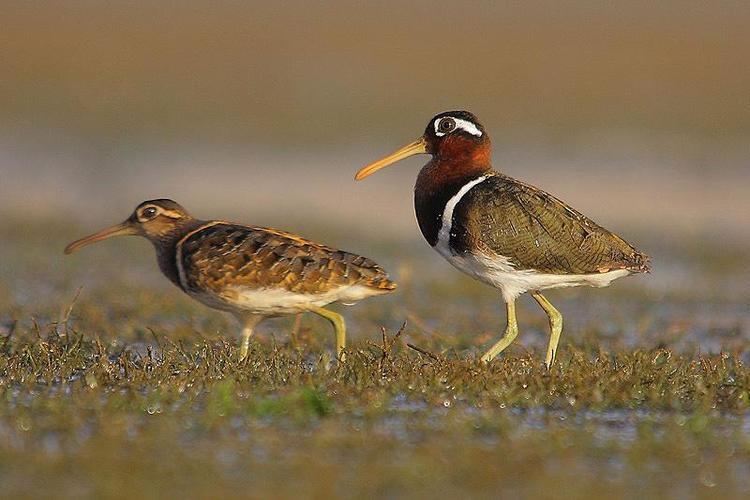
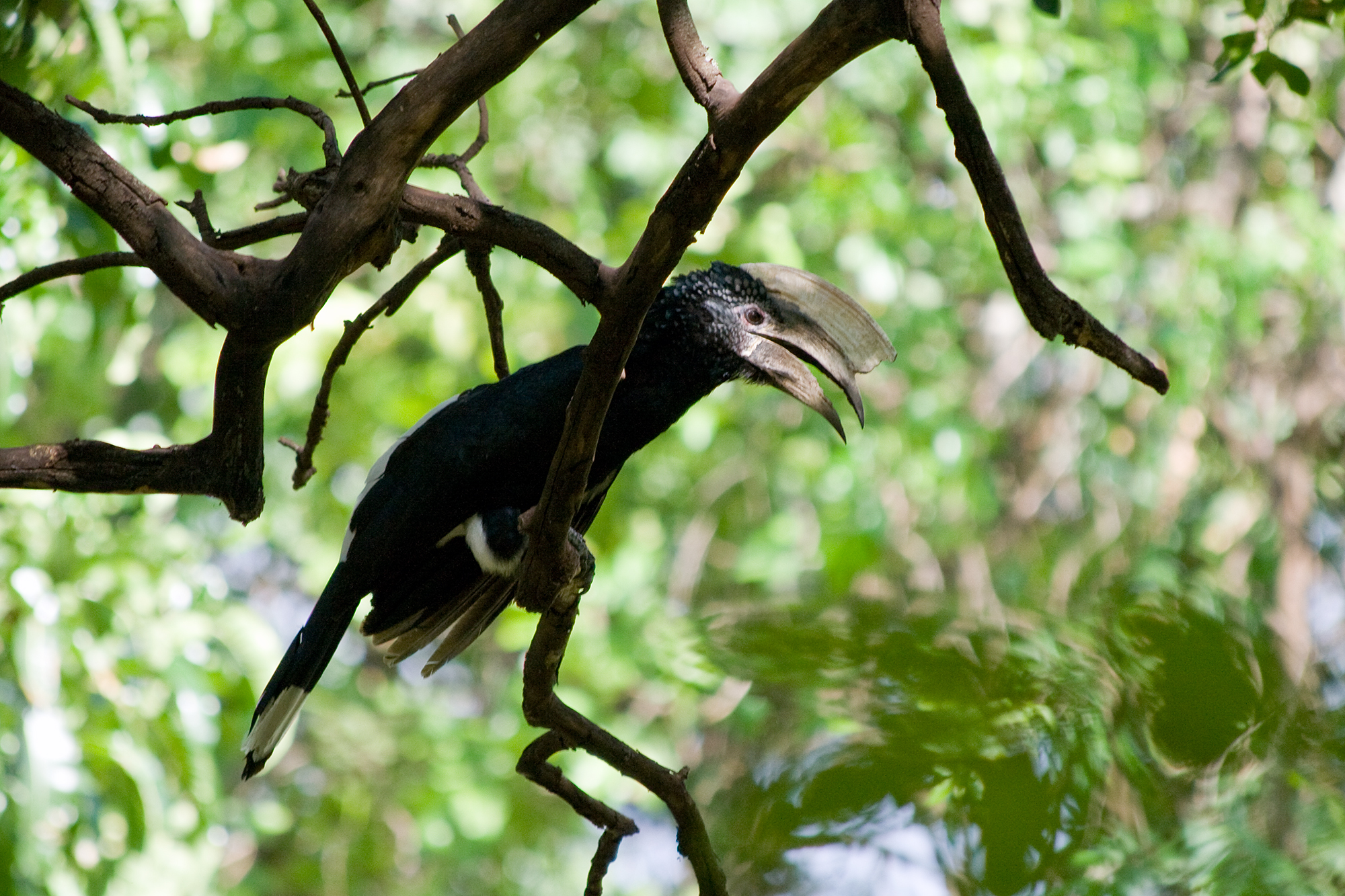
DAY 9 | Birding - Ngorongoro Crater.
The Ngorongoro Conservation Area covers some 8500 SqKm adjacent to the Serengeti Plains. It's main feature is theNgorongoro Crater, the largest unbroken volcanic caldera in the world. The caldera is surrounded by steep walls rising 610 m above the caldera floor. It's a must-visit place on any tour to Tanzania. The grasslands within the caldera are the permanent home to 20-25,000 large mammals. The predominant grazing species are Wildebeest, Coke's Hartebeest, Cape Buffalo, Plains Zebra, Thomson's Gazelle, Grant's Gazelle, and Eland. A sizeable population of Lions is also present. Swamps and forests within the crater are home to Hippopotamus, Elephant, Black Rhinoceros, Waterbuck, Bushbuck, Baboon, Vervet Monkeys, and the rare Bohor Reedbuck. The steep slopes are home to Dikdik and the rare Mountain Reedbuck. Mammals regularly move in and out of the crater in search of water, but these are local movements and resident mammals are non-migratory. While a major attraction is the mammals, birding within the caldera and on the top of the crater rim is very good. A number of specialty birds are best seen outside the steep forested slopes of the crater. Notable species include Schalow's Turaco, Hunter's Cisticola, Rueppell's Robin-Chat, Tacazze Sunbird, and the beautiful Golden-winged Sunbird.
Location:
Ngorongoro Crater and Conservation Area are located 180 km west of Arusha.
Meals :


Day 10, 11, 12 | Birding - Serengeti National Park
Serengeti National Park protects a large region of about 5700 SqMi in northern Tanzania bordering Kenya. Much of the park is open savanna and is famed for the large concentrations of wildlife, including migratory Wildebeest and a variety of predators. Human habitation is not allowed in the park, and the main settlement is Seronera where the park headquarters is located and where park staff reside. The park is usually divided into 3 regions, the expansive nearly treeless plains of the south, the western corridor which is mostly swampy savanna, and the northern landscape which is mostly open woodland and hills. The western region is in the Grumeti Game Reserve, which is adjacent to the Serengeti National Park and is really an extension of it. The Ndutu area is actually within the Ngorongoro Conservation Area, but it's outside the crater itself and is an extension of the southern Serengeti plains. The rocky landscape of the north essentially begins around Seronera.
The park is considered by many to be the greatest wildlife spectacle in the world, with the Wildebeest migration being perhaps the best known of the park's many attractions. The Wildebeest move almost constantly in search of new grass, with most of the population migrating into the northern Serengeti and Kenya from July-September. Predators such as Lions follow the movements of the Wildebeest. The Wildebeest and Plains Zebra populations congregate in the Serengeti during the rainy seasons from November, when the short rains occur, through May, when the long rains end. Calving season is January-February, and this is a period of intense territorial and mating behavior of many of the game species. It's also a period of intense hunting behavior by the predator populations. Over 500 species of birds have been recorded in the park, including a number of specialty species. Nearly 100 species found in the Serengeti have restricted ranges in the country, and of these 11 are endemic or near-endemic. Some 50 species are restricted to the western Grumeti area, which is less visited because it's more remote than other parts of the Serengeti.
Location:
Serengeti National Park is located 325 km from Arusha and is about an 8 hour drive. The main access road passes the entrance to Lake Manyara National Park, goes up the Rift Valley escarpment, passes through communal farming lands withing Ngorongoro Conservation Area, descends onto the plains passing Olduvai Gorge, and eventually reaches the Naabi Hills gate.
Meals :
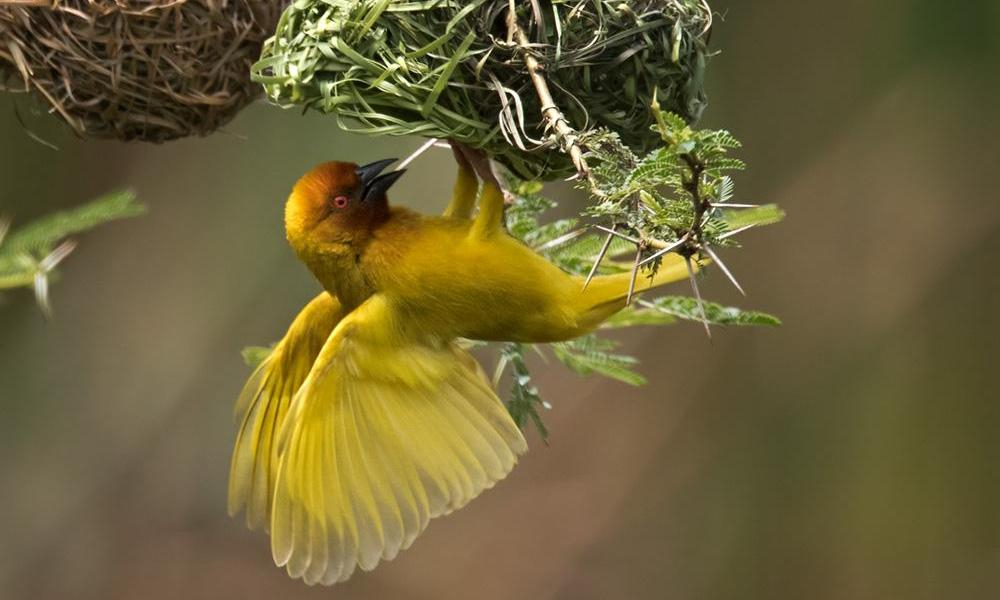
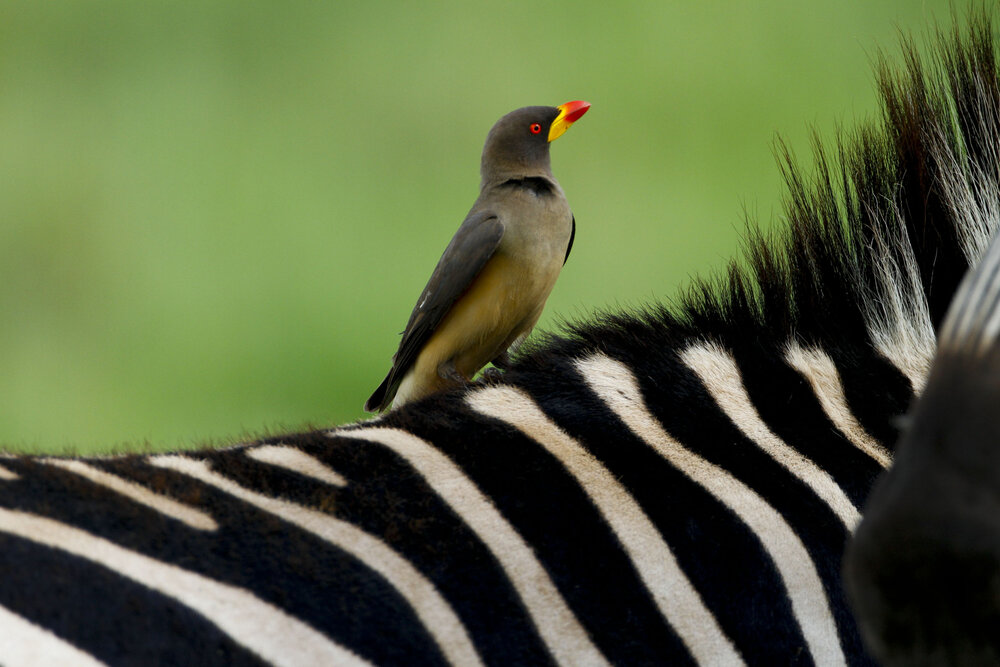
Day 13, 14 | Birding – Speke's Bay / Lake Victoria
Speke Bay is a less visited site on the southeastern shore of Lake Victoria that features a number of specialty birds not found farther east in Tanzania. The Speke Bay Lodge is located along the Grumeti River and is a pleasant place to relax as well as bird the area. The river is home to Hippopotamus and crocodiles, and the nearby grassland adds a variety of birds to the list of possibilities. Birding the nearby lakeshore and the lodge grounds will produce most of our target birds. Birds one can expect to see include African Openbill, Marsh Tchagra, and Swamp Flycatcher near the lake and Blue-cheeked Bee-eater, Black-headed Gonolek, Red-chested Sunbird, Slender-billed Weaver, and Northern Brown-throated Weaver on the lodge grounds. It's often possible to find Verreaux's Eagle-Owl and both Eurasian and Square-tailed Nightjars around the lodge. A good challenge is to sort out the 5 species of quite similar cisticolas found in the area. Certainly a highlight of any visit is watching the extraordinary African Paradise-Flycatcher darting after insects around the lodge.
Location:
Speke Bay is an inlet on the southeastern shore of Lake Victoria in western Tanzania. It's typically reached by flying into the nearby town of Bukoba or by driving west about 15 minutes drive from Grumeti Game Reserve on the western side of the Serengeti.
Meals :
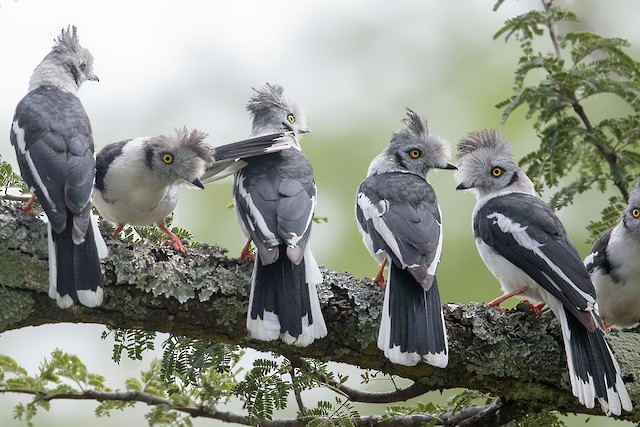
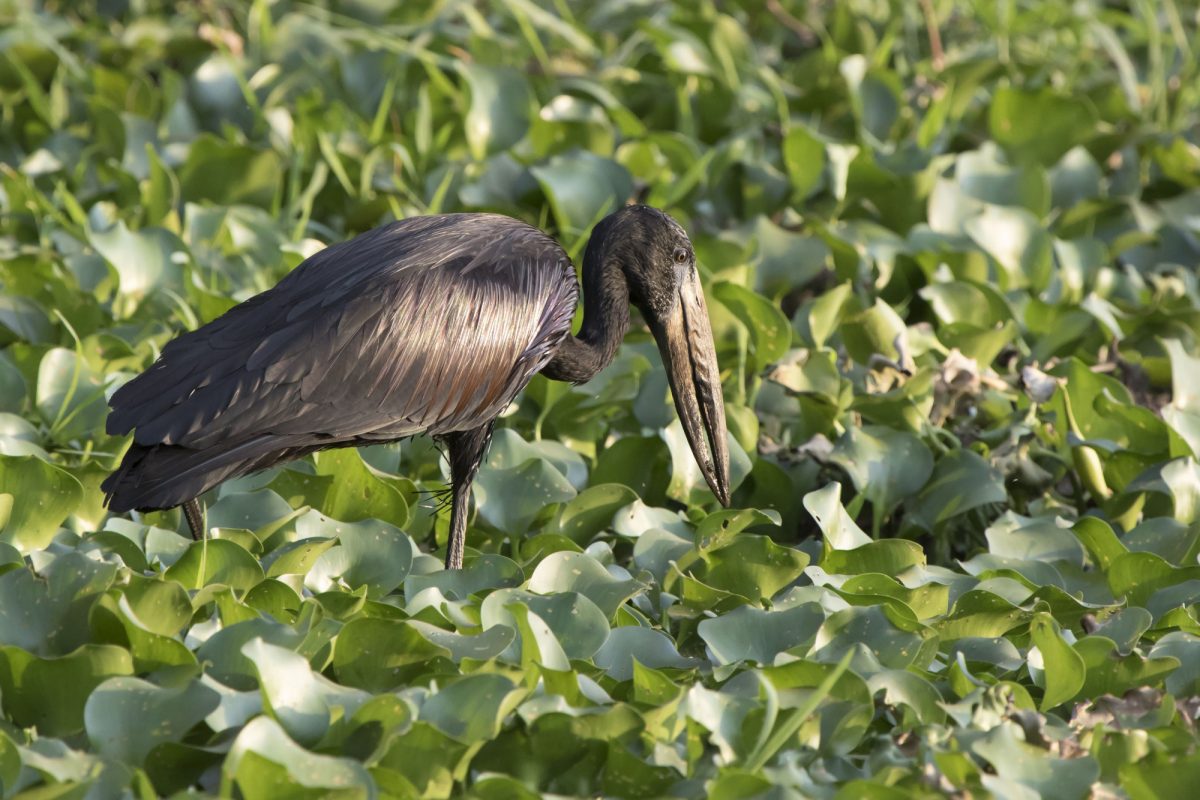
Day 15 | Speke Bay to Arusha
After breakfast drive back or fly to Arusha with picnic lunch with various activities en route to end your birding safari.
Meals :

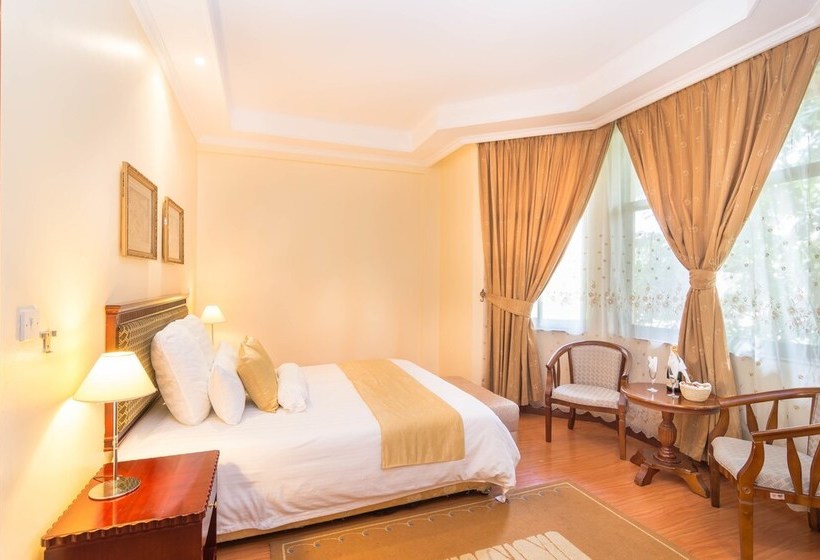
Day 16 | Drive back to Airport
Depart the lodge in the Mid Morning - or flight time and make your way to Kilimanjaro International Airport, for your onward travel.
Note:Hotel check-out is at 10:30 AM. In case you need a late check-out because of an evening flight, there is the option to extend your hotel stay for an extra fee.


TOUR PRICES – PER PERSON
| SEASON - DATES | SOLO | 1 SINGLE | 2 PAX -1 ROOM | 4 PAX -2 ROOMS | 6 PAX -3 ROOMS |
|---|---|---|---|---|
| Jan 1- Feb 29 | High Season | $ 9,059 | $ 6,745 | $ 5,807 | $ 5,477 |
| Mar 1- Mar 31 | Shoulder Season | $ 8,956 | $ 6,645 | $ 5,707 | $ 5,377 |
| Apr 1- May 31| Low Season | $ 8,759 | $ 6,545 | $ 5,607 | $ 5,277 |
| Jun 1- Sep 30 | High Season | $ 9,059 | $ 6,745 | $ 5,807 | $ 5,477 |
| Oct 1- Oct 31 | High Season | $ 9,059 | $ 6,745 | $ 5,807 | $ 5,477 |
| Nov 1- Dec 15 | Shoulder Season | $ 8,956 | $ 6,645 | $ 5,707 | $ 5,377 |
| Dec 16- Dec 31| High Season | $ 9,059 | $ 6,745 | $ 5,807 | $ 5,477 |
- Meals and accommodation as per itinerary
- All road transfers as indicated in the itinerary
- National Parks and conservation entry fees
- Professional English speaking safari guide
- Transportation with use of 4X4 safari vehicle
- Complimentary bottled water while on safari
- Visa fees
- Gratuities
- Tips and gratuities
- Personal travel insurance
- Any sightseeing activities mentioned
- Beverages unless on an all inclusive basis